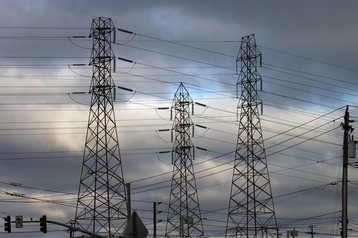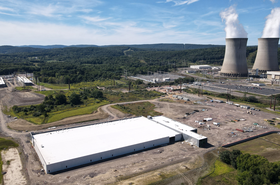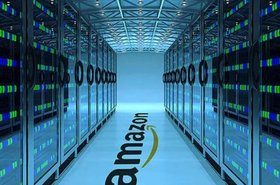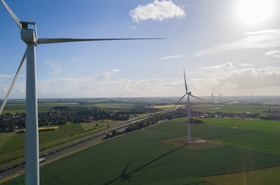Technology is transforming the way we live, work, and play. Artificial Intelligence (AI), for example, is creating new possibilities from personalized music and video playlists to targeted industrial maintenance.
As our lives digitalize, the need to store, process, and analyze increasing amounts of data is growing.
AI development alone has led to an explosion in data production and energy consumption for data centers, making them among the world’s largest electricity consumers.
In 2022, data centers used around two percent of global electricity, equivalent to around 460TWh, with consumption projected to potentially double by 2026. Furthermore, AI server racks consume around four times more energy than conventional servers resulting in the need for more power and cooling.
As a result, the electrification of data centers must meet this increasing demand while ensuring uptime and reliability, with pressure to reduce data center energy usage coming from tighter government regulations and a growing demand for sustainability.
Managing energy demand
AI, machine learning, and 5G will continue to increase data demand, requiring new approaches to powering data centers globally.
Fortunately, we have technology today that can curb data center energy demands, improve energy efficiency and uptime, and reliably integrate renewable energy. This will all help reduce global energy demand as data center workload increases.
The European Union’s Climate Neutral Data Center Pact makes the use of 75 percent renewable energy a key requirement for European data centers by the end of 2025 and 100 percent from renewables by the end of 2030.
What’s keeping data center operators awake at night?
With growing data demand, operators must address energy efficiency, scalability, up-time, and grid availability.
Improving site-level energy consumption in data centers can offer significant savings. Technologies such as switchgear, circuit breakers, uninterruptable power supply (UPS), and microgrids with renewables and battery energy storage systems (BESS) will all support efficient energy management.
Understanding the impact and ROI of these solutions on consumption is crucial. Software solutions play a vital role in monitoring energy efficiency, enhancing grid security, and minimizing energy consumption for reliable energy supply.
The benefits of improved energy efficiency also enable greater scalability and uptime. By enhancing equipment performance, data centers can effectively scale services to enable more intensive applications and handle increased data traffic.
Energy efficiency improvements are essential for meeting the 99.999 percent target for service availability.
Reliable power and cooling systems lead to fewer downtime disruptions, ensuring continuous service as data centers scale.
Maximizing grid availability
Grid availability is critical for data centers as it ensures a reliable power supply for uninterrupted operations and reduces the risk of costly downtime that can disrupt services and impact business continuity.
Reliable grid availability also supports efficient capacity planning and scalability for data center operators. With a stable power supply, they can confidently expand infrastructure to meet growing demand without fearing frequent power disruptions.
This stability ensures consistent performance of critical equipment, ensuring data centers can handle increased loads and offer high-quality services consistently.
Consistent grid power reduces reliance on backup generators and UPS, cutting fuel consumption and maintenance costs. This cost efficiency can then be redirected towards technological upgrades and expansion, enhancing the data center’s capabilities and competitiveness.
Choosing the right partner
Collaboration is key. Ensuring uninterrupted data services requires partners who can provide and support the technologies for effective energy management at both site and grid levels.
To enhance resilience and sustainability, it is important to integrate renewable energy sources and microgrid solutions into data centers. This diversifies the energy supply, reduces grid dependency, and lowers the carbon footprint to help operators achieve their global sustainability goals.
As data demands soar, managing energy becomes a vital need for data center operators.
Electrification offers new avenues for improved energy efficiency, flexibility, and scalability, meeting the needs for sustainability while satisfying the world’s growing hunger for data.







